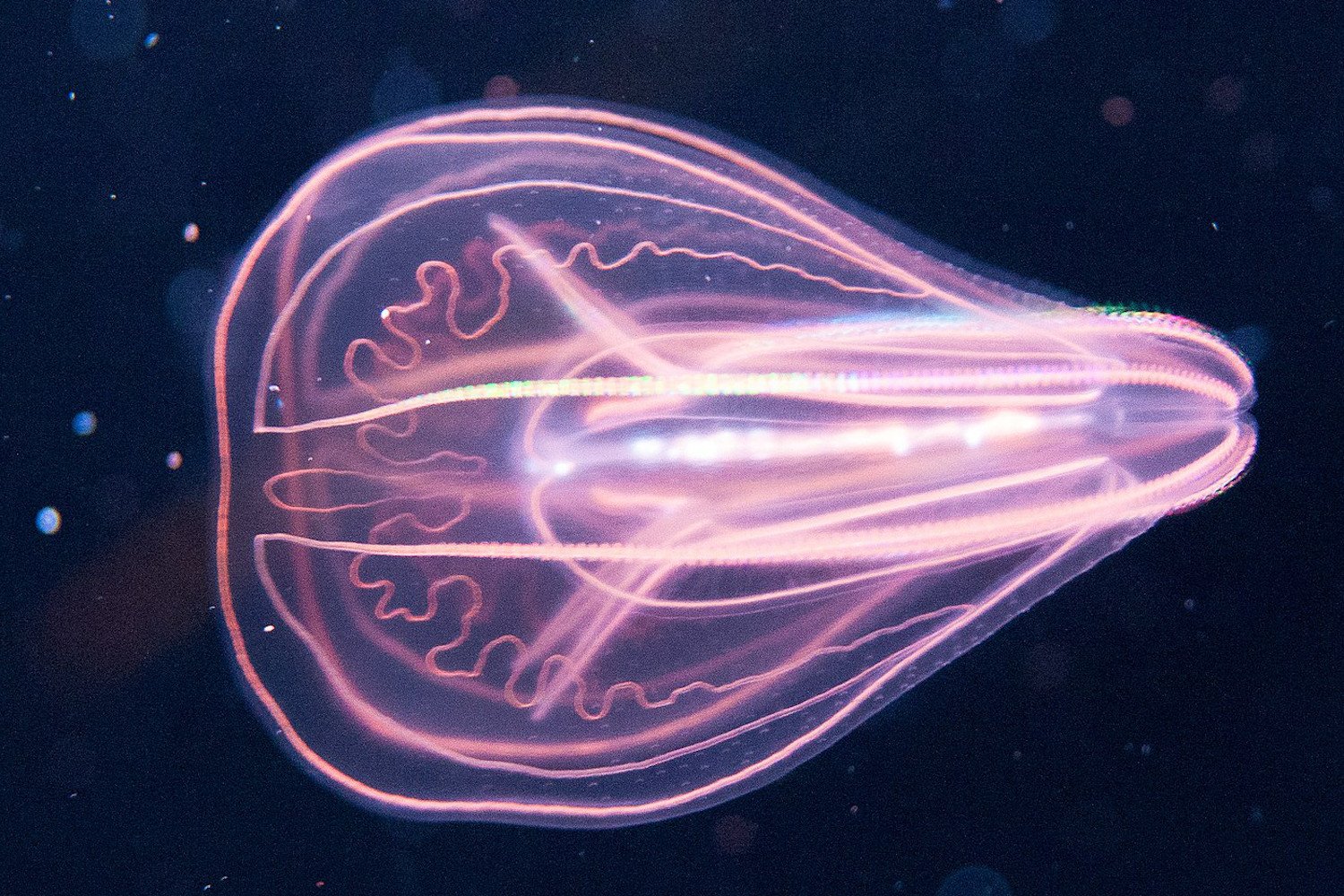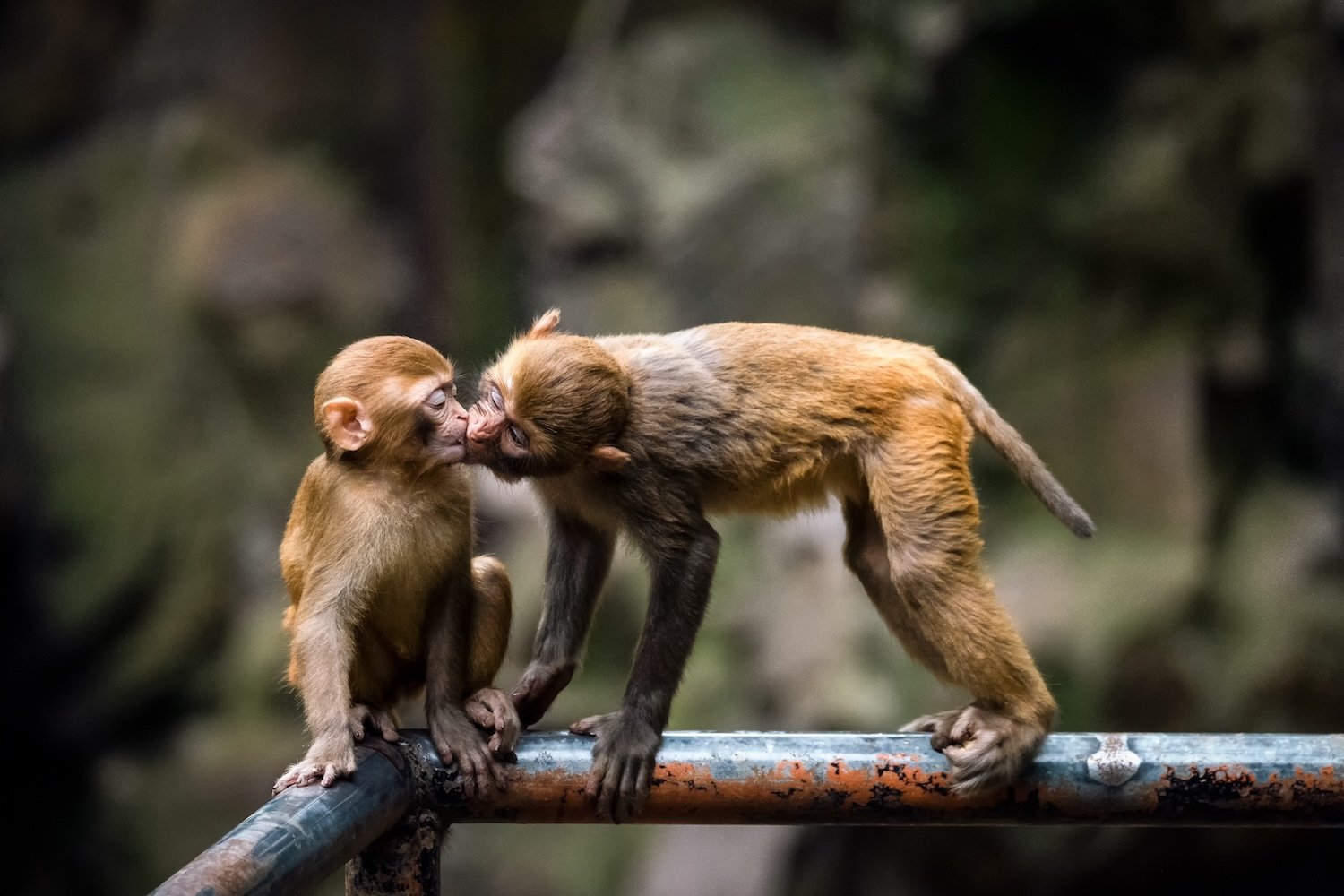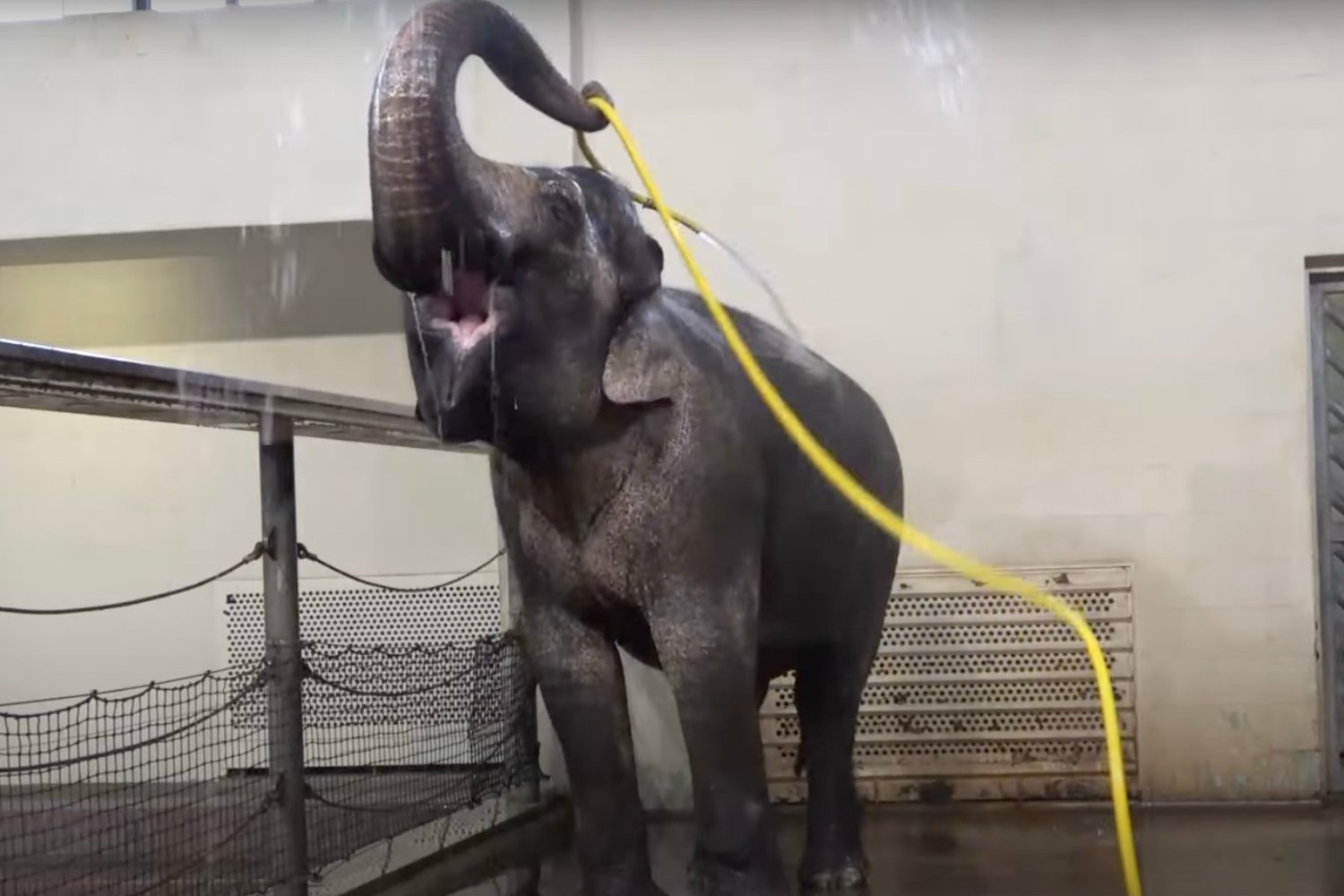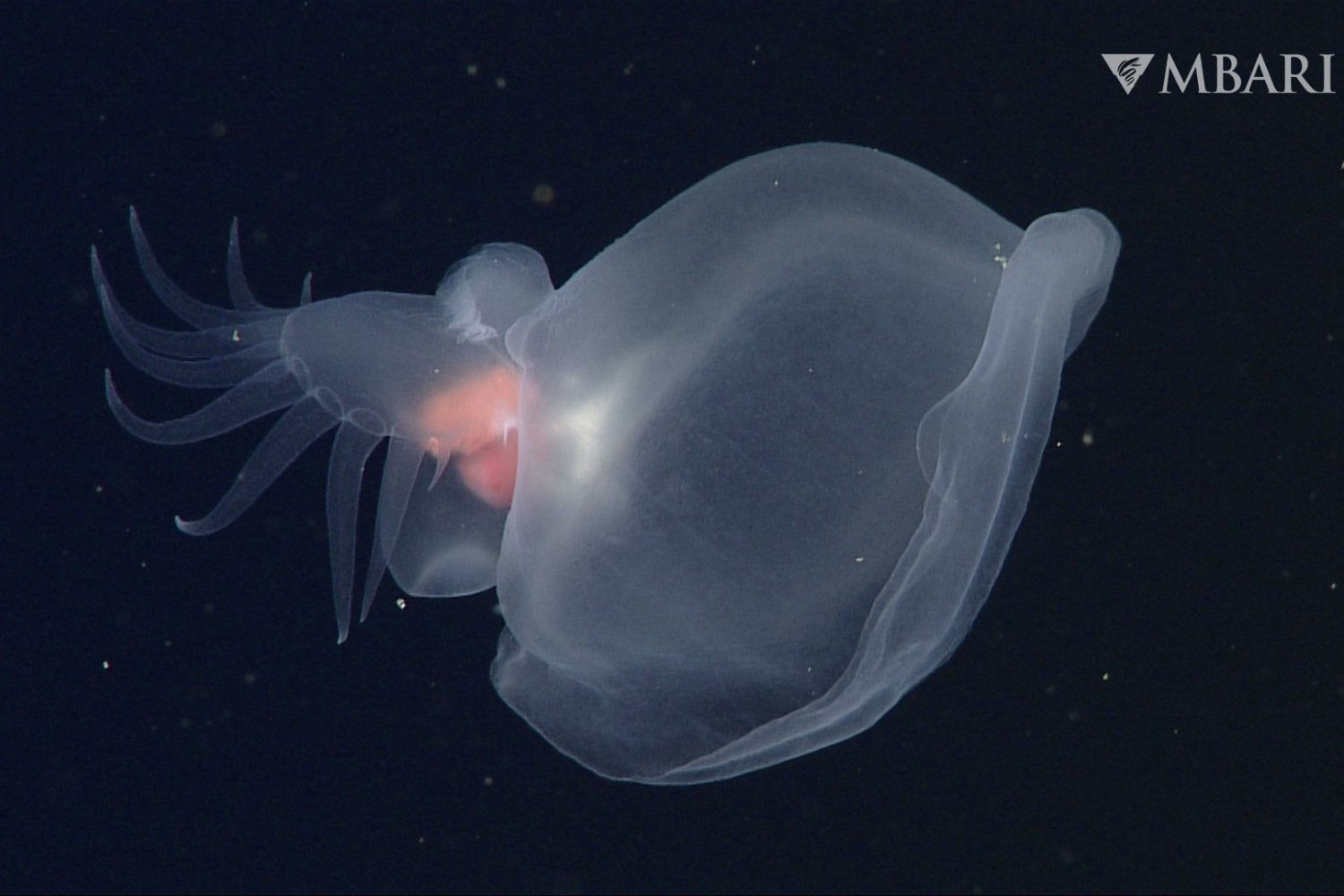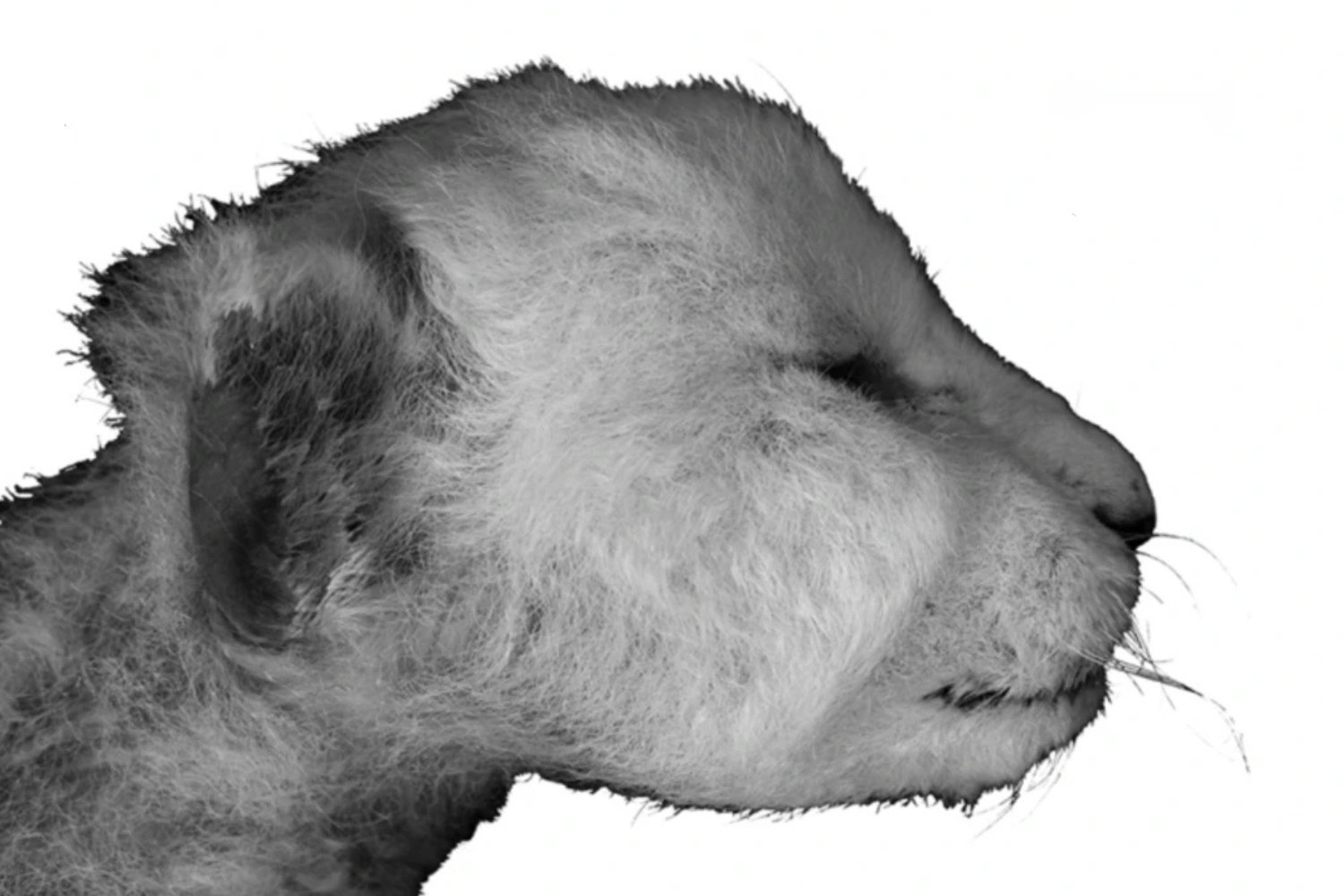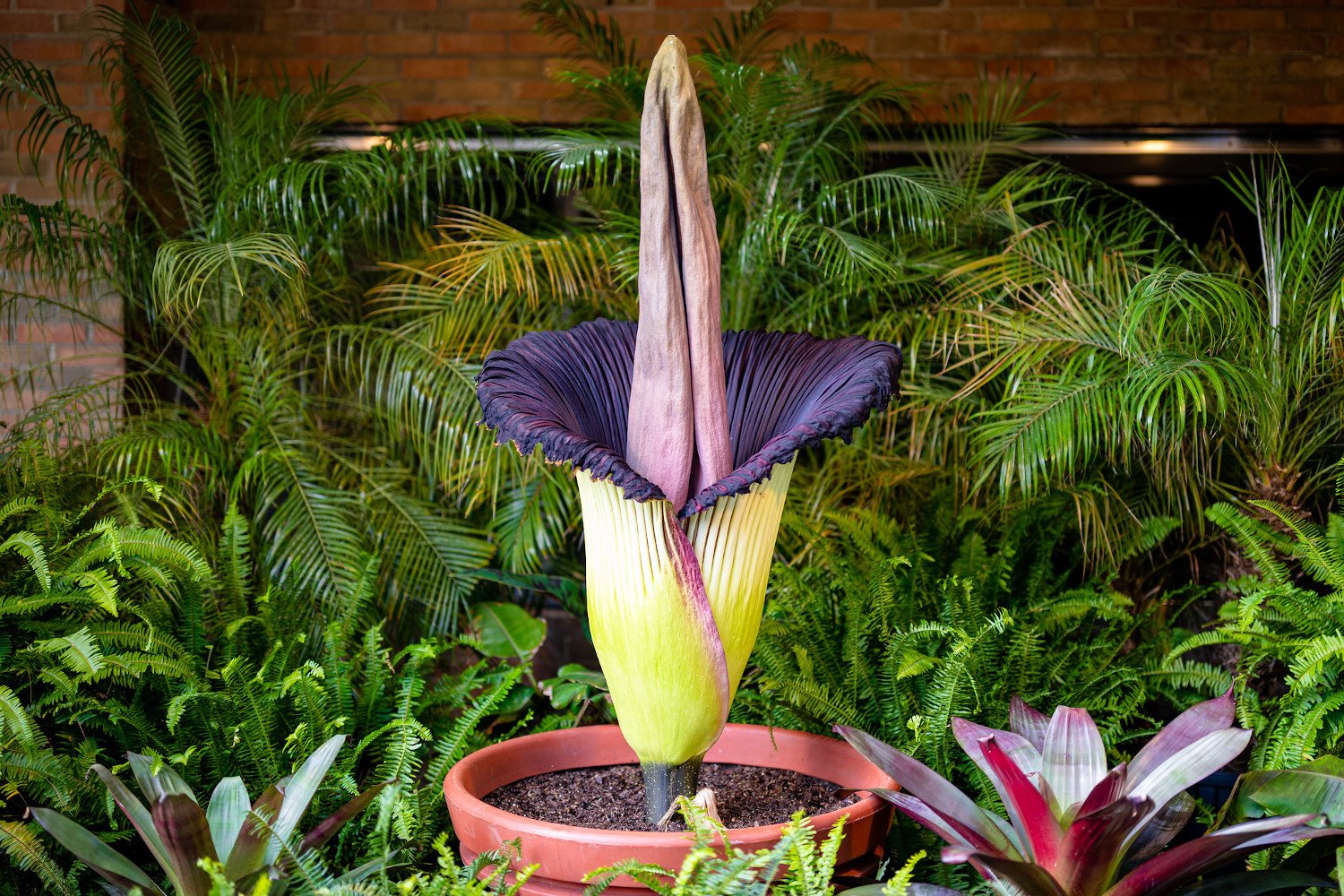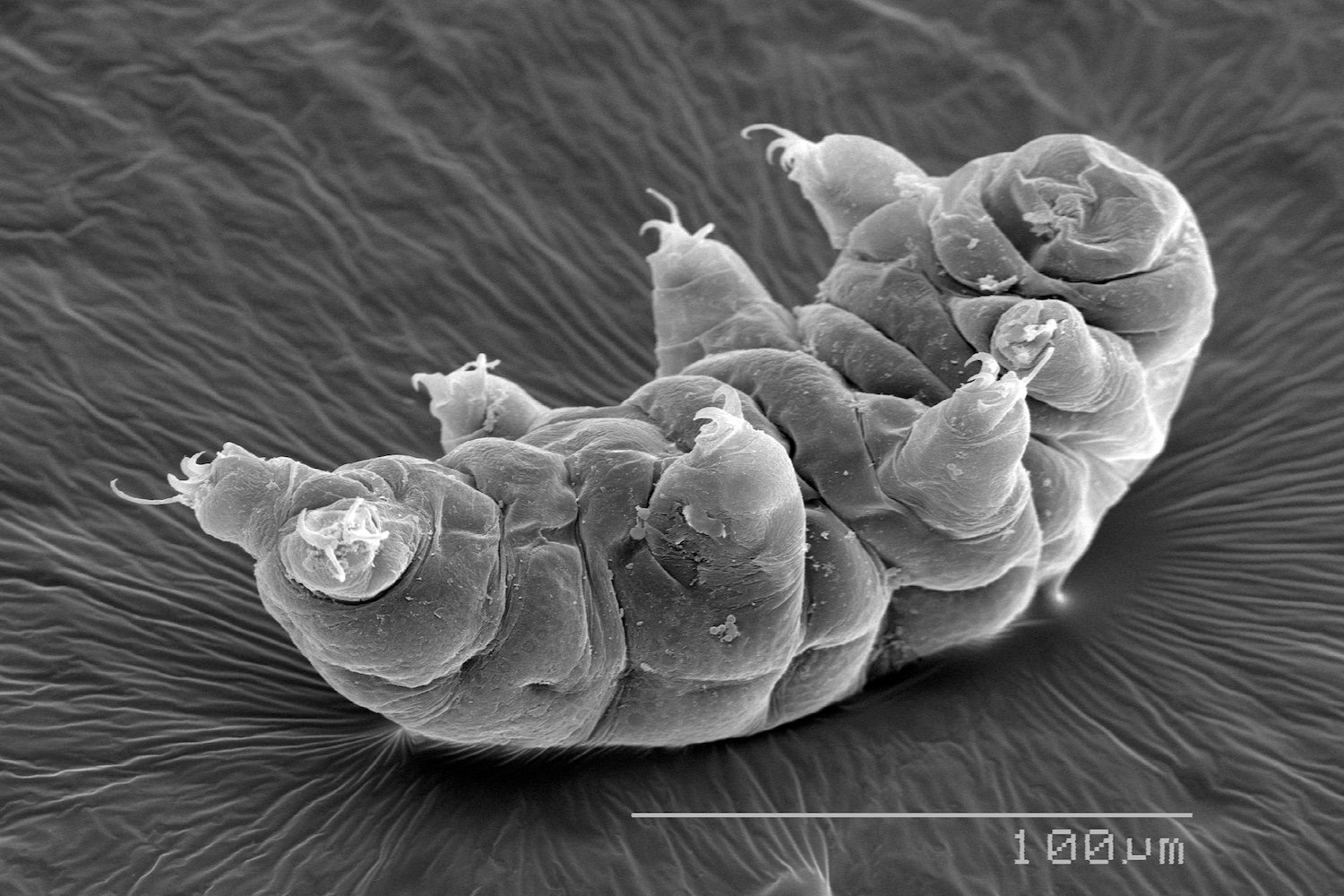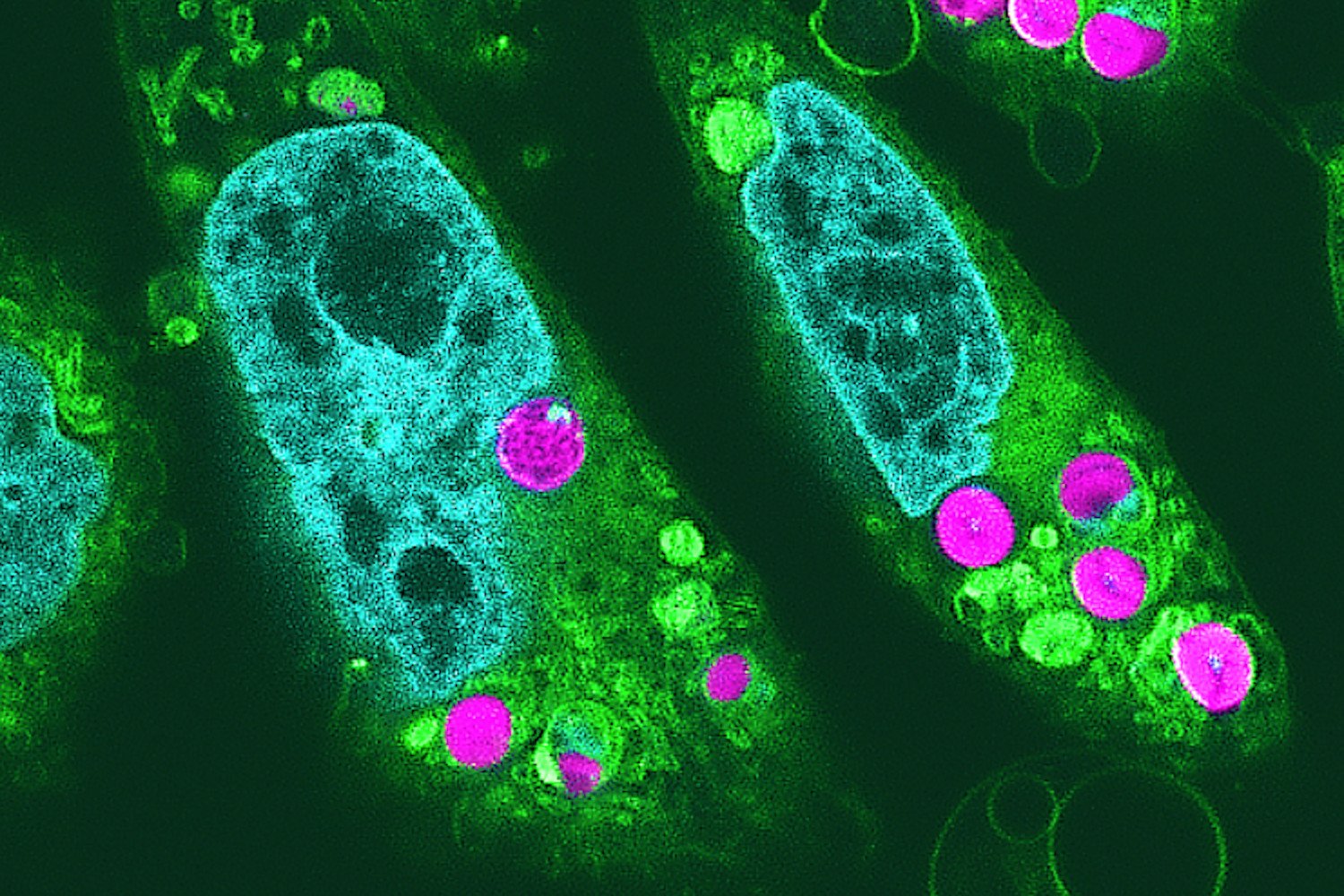The quest for eternal youth has captivated humanity for centuries. While we may not have discovered the fountain of youth just yet, the animal kingdom offers some intriguing examples of species that seemingly defy the aging process. One such creature, the comb jelly (Mnemiopsis leidyi), has recently been discovered to possess an extraordinary ability: reverse development, essentially allowing it to travel back in time to a younger version of itself. This groundbreaking finding, published in the Proceedings of the National Academy of Sciences, challenges our understanding of aging and opens up exciting new avenues for research.
This remarkable discovery was a serendipitous one. Researcher Joan J. Soto-Angel at the University of Bergen stumbled upon this phenomenon when observing a larval ctenophore (comb jelly) appear in a lab tank where an adult had previously resided. Further investigation revealed that it was, in fact, the same individual. Soto-Angel and his colleagues then set out to understand the triggers for this reverse development. They discovered that when subjected to extreme stress, adult comb jellies can revert to a larval stage.
“Witnessing how they slowly transition to a typical cydippid larva as if they were going back in time, was simply fascinating,” Soto-Angel explained in a statement. This transformation isn’t merely cosmetic; it extends to their behavior as well. “Over several weeks, they not only reshaped their morphological features, but also had a completely different feeding behavior, typical of a cydippid larva.”
Comb jellies are ancient creatures, potentially the first animals to have ever existed, dating back approximately 700 million years. This leads researchers to speculate that reverse development might be a primordial ability. This discovery poses fascinating questions about the prevalence of this “time-travel machine” within the animal kingdom. “The work challenges our understanding of early animal development and body plans, opening new avenues for the study of life cycle plasticity and rejuvenation,” stated Soto-Angel.
“This is a very exciting time for us,” added Paul Burkhardt, a fellow researcher at the University of Bergen. “This fascinating finding will open the door for many important discoveries.” Future research will focus on unraveling the molecular mechanisms driving this reverse development and understanding the changes that occur in the animal’s nervous system during the process.
The researchers believe that lifecycle plasticity—an organism’s ability to adapt its biology in response to environmental stimuli—may be more widespread than previously thought. While humans may not be able to achieve such dramatic age reversal, this discovery in comb jellies offers valuable insights for future research in developmental biology and aging. It provides a new model organism for studying rejuvenation and the potential for manipulating the aging process.
While creams and cosmetic procedures continue to fall short of delivering true age reversal, the remarkable abilities of the comb jelly provide a compelling example of nature’s ingenuity and offer a fresh perspective for scientific exploration. Perhaps the secrets to combating aging lie not in a mythical fountain, but within the fascinating adaptations of ancient creatures like the comb jelly.



